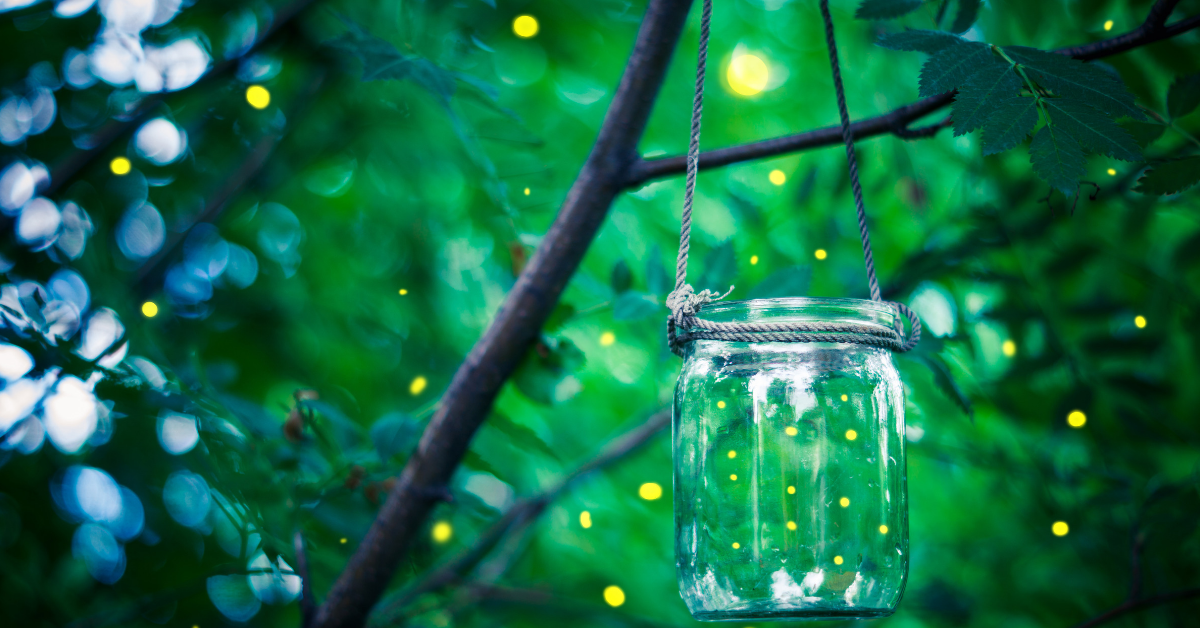Lightning bugs, fireflies, glow worms — no matter what you call them, here are some things to know about these special summertime insects:
Big family
The firefly belongs to the Lampyridae family, with an extensive family tree — there are more than 100 species of lightning bugs throughout the United States and Canada alone. These insects are found on every continent except Antarctica. However, in the U.S., it’s uncommon to find them west of Kansas. The different species range in size, but in Iowa, they’re typically half an inch to three-quarters of an inch long.
 Energy efficient
Energy efficient
The flashing light on the end of the lightning bug is one of the most efficient lights known to exist. The flash occurs because of a chemical reaction. This reaction, which creates a “cold” light, produces nearly all light and very little heat.
Light show
The light on the end of these insects flashes differently on each species. The pattern is genetically fixed and helps same-species lightning bugs find each other for courtship. The flashes can be identified by the fireflies by duration, what motion is completed during the flash and how high it occurs above the ground. In some species, only the females flash and in others, only the males blink. There are a few species where neither gender uses a light at all.
Day time beetle
While most people think of lightning bugs blinking through the dark summer nights, black fireflies are active in the daytime. Only the females of this sun-loving species uses their flashing light.
Where do you winter?
While we’re used to seeing lightning bugs in their adult form in June and July, they are still around in the winter. Females lay eggs in mid-summer, which hatch in the later part of the season. Then, the larvae live through the winter before pupating (transforming to an adult) the next summer. Larvae live in moist areas, such as under the loose bark of dead trees and within moist, loose soil.
Helpful day job
Lightning bugs are great to have around, especially if you have a garden. The larvae eat soft-bodied invertebrates, like snails and slugs that may wreak havoc on your plants. Their diet helps keep the pest populations under control. Adults sometimes feed on plant pollen and nectar. As the bug buzzes from plant to plant, they help with pollination.
Fun to examine...for a bit!
Many people enjoy collecting lightning bugs and watching them in a jar. While this is a great way to see the insects up close, be sure to consider the well-being of the bug. Use a jar with a pierced lid (so the lightning bugs can breathe) and consider adding a damp paper towel or unbleached coffee filter. After getting a good look, let them go after a while, preferably no more than an hour. Adult fireflies only live for a week or two, so staying in a jar for an extended amount of time cuts into their ability to continue the life cycle. With a dwindling population, it’s extremely important to be kind to our nighttime flashing friends.
